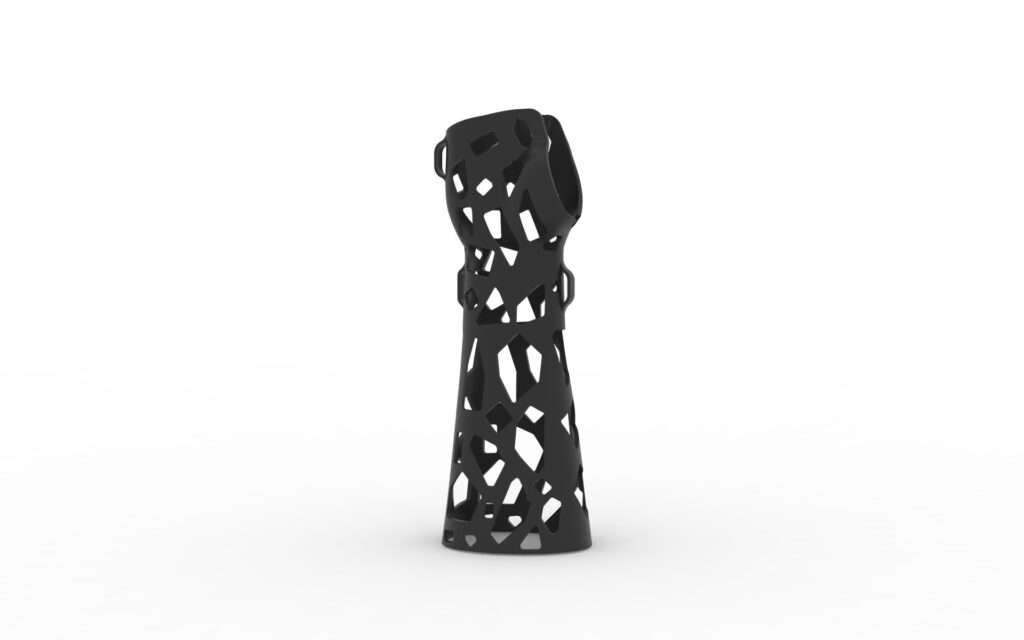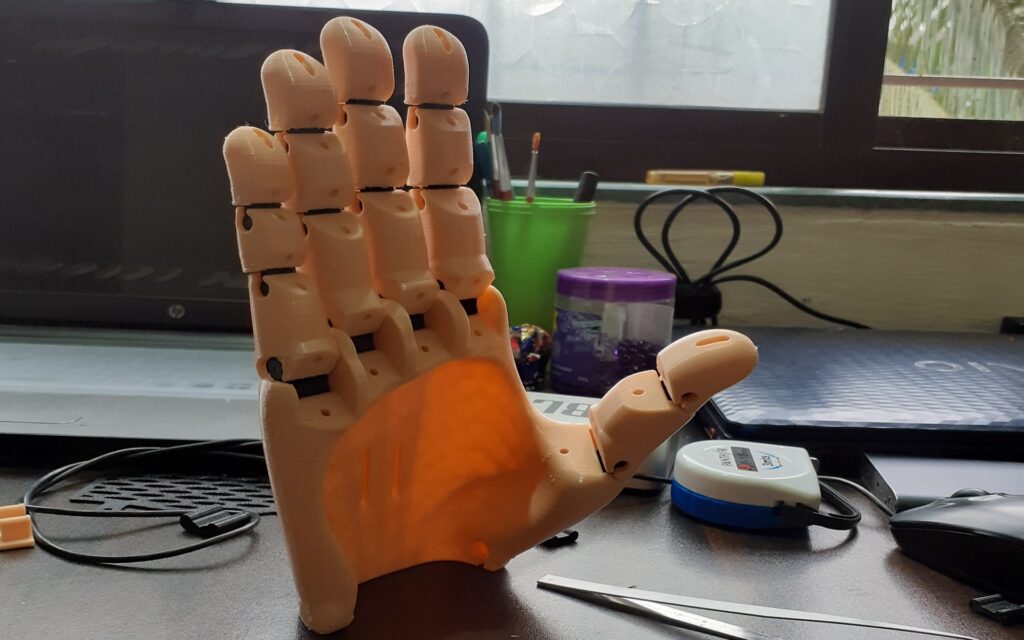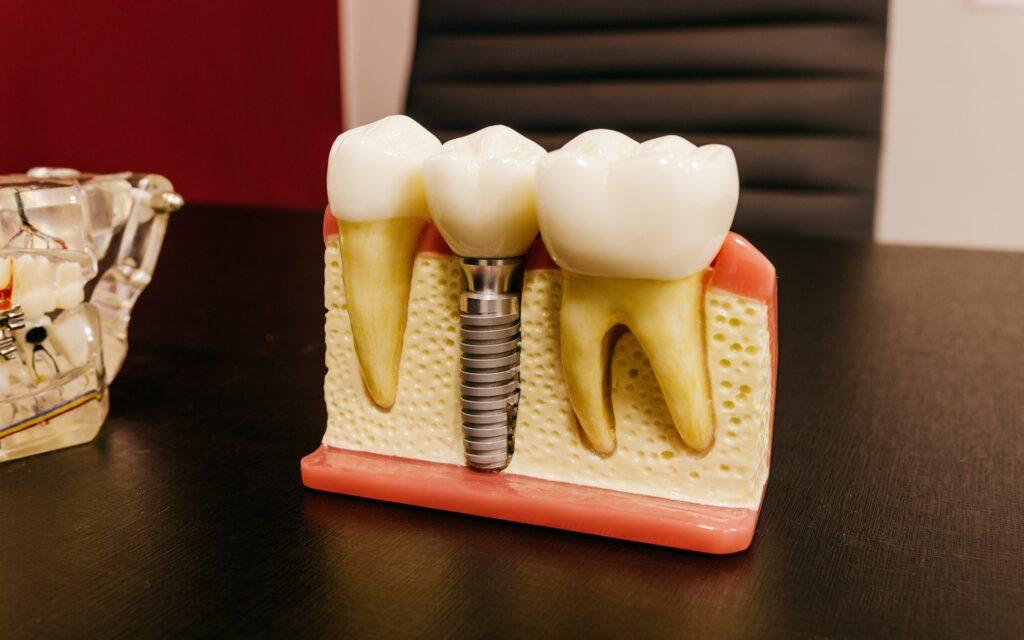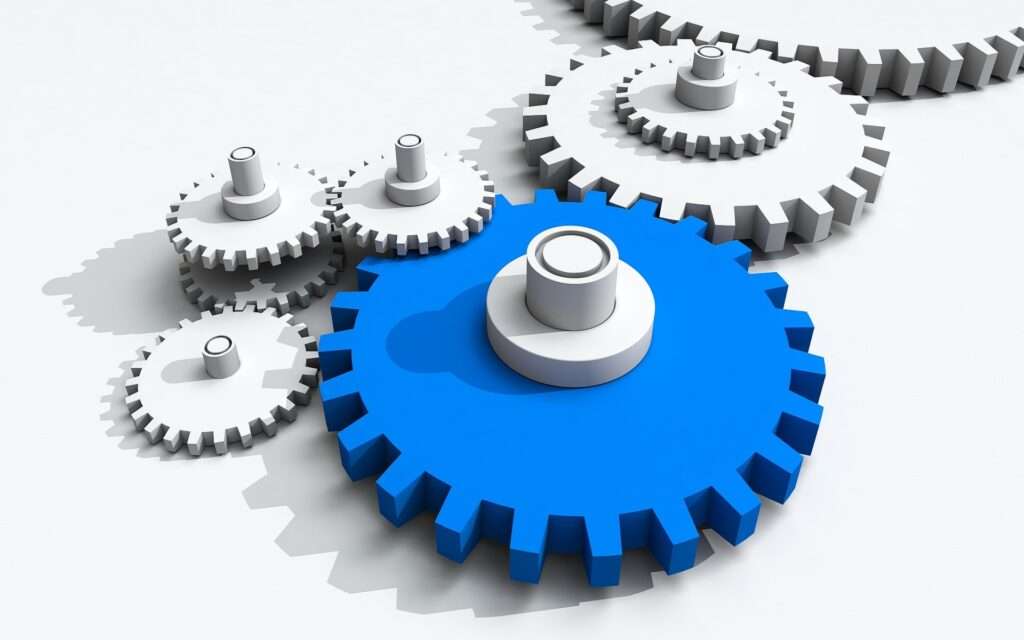General Survey on 3D Printing
3D-printing is the new advanced technology of this rapidly changing world, with a billion-dollar market size worldwide. According to the sources from Statista, if we believe, in 2018 the market capitalization of 3D printing is around 1.53 billion U.S. dollars. And it is assumed that the market capitalization of the 3D printing market in 2026 will be around 3.78 billion U.S. dollars. 3d printing for the surgery

Fig. 1:- Size of the global 3D printing material market in 2018 and 2026 (in billion U.S. dollars) (Source – Statista)

Fig. 2:- The breakdown of additive manufacturing (AM) across several industries (Source – MDPI)
And if we talk about its market capitalization in the medical field, was calculated at around 973 million U.S. dollars in 2018, and it is expected that it will reach around 3,692 million U.S. dollars by 2026.
The 3D printing market in health care is growing at a CAGR of 18.2% from 2019 to 2026.

Fig. 3:- Source – Vision Gain
According to a blog post on the website of the American Hospital Association, 113 hospitals have centralized 3D facilities for point-of-care manufacturing in 2019 compared to just three in 2010. Additionally, Pew Trust reports that during the COVID-19 epidemic, when many hospitals relied on this technology for the distribution of personal protective equipment (PPE) and medical gadgets, the market for 3D printing in healthcare saw tremendous growth.
It is huge right?
Sorry for disappointing you all, but actually not. Till now we have not used this technology at its full potential, because we hesitate or we do not want to take the risks, especially in the healthcare field.
3D printing is used by many industries, but Because still there is a lot of scope for research which is still left to do on this technology, its future scope, and what are the different things we can do with this technology.
This is not wrong to say that still, we are just at the top surface of this technology, there are many more things many aspects of this technology, which are we going to know in the coming future.
So, without wasting more time let’s see, that how we can use 3D printing technology in the medical field.

Fig. 3:- Distribution of the global 3D printing market for healthcare, by nation, in 2016 (Source – Statista)
How can we use 3D Printing in the Medical Field?
All the stats and data about which we talked above, are very good for a person to understand the importance and the capabilities of 3D printing technology in our world. But the question is how we can use this technology in the field of healthcare. Here are some examples that shows importance and the use of 3D printing in our healthcare department – In Medical Training, 3D Orthopedic Plaster, Making of Prosthetic Hand, Mask, etc.
Here we will discuss how we can use 3D printing for surgery purposes.
What is surgery?
Surgery is a medical term, in which the doctors cut the body, or make a hole, by which they treat the patient’s problem. Like if they have to repair something, they have to cut a damaged or infected part out of the body, or doctors have to implant anything inside the body, or for diagnosis. And there are many things, but mainly these are the obvious reasons.
Why the need for Surgery?
Surgery is the last step in someone’s treatment, when it is not possible for the doctors to treat the patient with medicines or just by outside treatment, then the doctor advised the patient to have surgery. It is also a very risky method of treatment, that’s why doctors do not prefer it in the first place. Because in this method they have to cut the body and do the operation inside the body, by different equipment, to repair or remove the organs. Now the question is if they were so risky, why does someone need them?
So, the need for surgery is because every time it is not possible for doctors to treat disease just by medications. Like if someone has cancer or let’s say a tumor inside the head, it is possible to cure them with medicines, so, at that time doctors have to perform the surgery, they have to cut out that infected portion, and then stitch the cut part.
Types of Surgeries
There are various types of surgeries present: –
- Remove or repair diseased tissues or organs.
- Remove an obstruction position structure to its normal position.
- Transplant whole organs or tissues.
- Improve in physical appearance.
- Redirect blood vessels (bypass surgery).
- Implantation (mechanical or electronic devices).
- For the purpose of diagnosis.
How 3D Printing Can Help?
As we know that surgery is a very complex and expertise field, and performing a successful surgery doctor requires a lot of accuracy and precision level. But many times very highly experienced doctors also make some mistakes, and by which the life of the patient got in danger, and for the new graduate doctors, or for those who are doing their masters, for them, it is a lot riskier to perform a successful surgery without any casualties. This is because the anatomical model is different for every different person, so it is not possible that which method is good for one patient is applicable to a second patient. Cause the casualty, surgery area, shape and size, and affected area vary from patient by patient.
Doctors have to plan the surgeries just by the X-ray reports, CT scans, or MRI reports, which are present in 2D format. And also, they have nothing with them, by which they can perform a mock surgery or plan the surgery in a way that helps them understand the process or surgery case, in a proper and good manner. If they have something like that, it can help them a lot, and also it can reduce the chances of casualties in the process of actual surgery. Here, 3D printing technology can help them in reducing the complexity and increase the accuracy of the doctors.

Fig. 4:- Miami’s Nicklaus Children’s Hospital Used 3D Printed, Life-Like Anatomical Heart Model to Study Complexity, Set Strategy for Repair (Source – BusinessWire)

Fig. 5:- FDM 3D Printing of Spinal Cord (Source – Deeptech Eexpress)
Now we see some examples of how we can take the benefits of 3D printing technology: –
- In making anatomical models.
- Development of person-specific and cheap implants.
- In giving medical training
1. Anatomical Models
3D printers can create incredibly accurate and comprehensive anatomical models to assist surgeons in preparing for difficult surgeries, leading to better results at a lesser cost. The length of operation is significantly reduced thanks to 3D technology. The benefit of using this is that every person has a different anatomical model, so if any serious injury occurs, the doctors need to perform the surgery on the patient. Then it is very difficult to perform a mock surgery on the actual patient because it is not possible to find a model with the same injury and having the same anatomical model. 2D is good but when doctors have the 3D image process then things become more feasible for the doctors, and in planning any surgery or anything 3D image processing helps a lot to them.
So, in those cases where the surgery is very complicated, we need the exact replica of the patient, to plan and perform the mock surgeries before the actual surgery. Here in this case 3D printing can help us. First, we need Biomedical CAD software, in which we can make the person-specific 3D CAD model with the help of CT (computed tomography) scans, MRI (magnetic resonance imaging) scans, or DICOM images of the patients. Then we require a 3D printer in which we can 3D print the model.


Fig. 6:- CT Scan of the face in a Bio-medical CAD software MIMICs

Fig. 7:- Checking the Implant (Skull Plate) on the accurate 3D patient Skull (Source – 3D Natives)

Fig. 8:- 3D Printed Lower Jaw

Fig. 9:- 3D Printed Left Wrist (Source – Research Gate)
Development of Implants
One of the earliest applications of 3D printing in medicine was the development of implants and prosthetics, which the FDA has now given the go-ahead for. The technique now has the potential to totally revolutionize how surgeons treat patients with severe musculoskeletal injuries and to enhance the fit and functionality of prostheses, according to research published in the Journal of the American Academy of Orthopedic Surgeons.

Fig. 10:- Maxillofacial Implants (Source – 3D Natives)

Fig. 11:- Designing of Skull Plate

Fig. 12:- 3D Printed Skull Plate for Skull
Medical Training
Yes, we can also use this to teach medical students, PG students, and even new doctors. Because they were very beginners in this role, so they do not have much knowledge and experience. So, the chances of injuries by their hands are very common during the surgery of the patients, because they have to plan everything by 2D images of x-rays, etc. But if they have something like this on which they can plan the surgery in 3D mode or if they have an accurate 3D printed model of the patient. So, then they can easily perform the surgery, and the chances of injuries to them are also reduced to very low.




